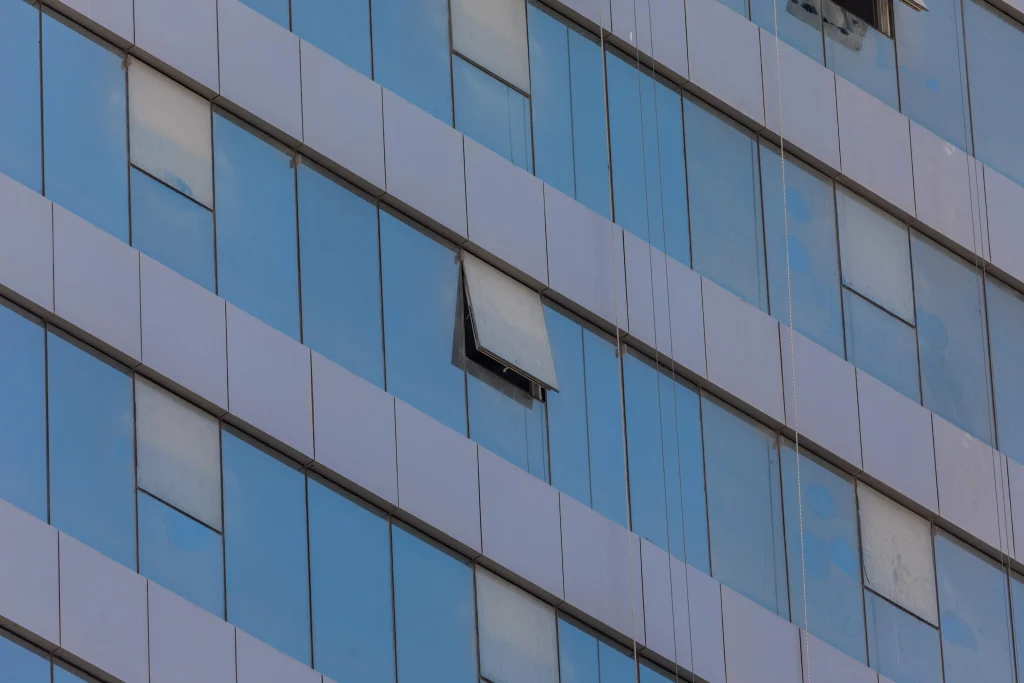


Reach Us
N.H -5. District Panchkula. Haryana ,22101

Call Us Now
+91-9816810095

Send Us Email
sales@alliancealuminium.com

Reach Us
N.H -5. District Panchkula. Haryana ,22101

Call Us Now
+91-9816810095

Send Us Email
sales@alliancealuminium.com


